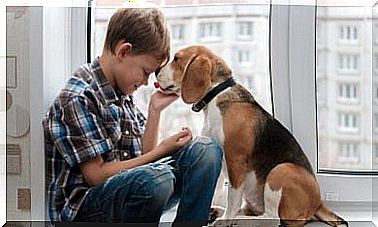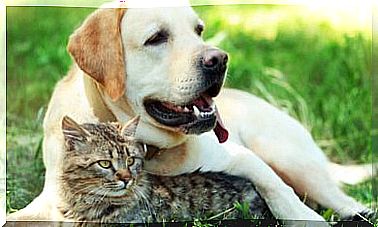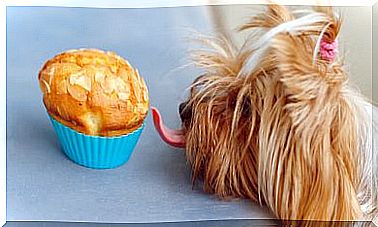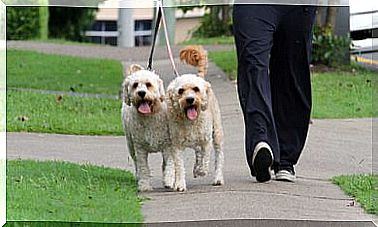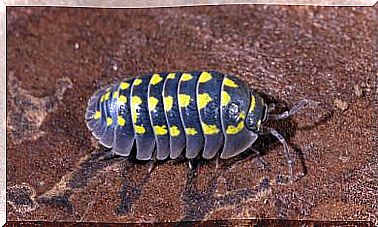Irritable Bowel Syndrome In Dogs: Causes And Symptoms
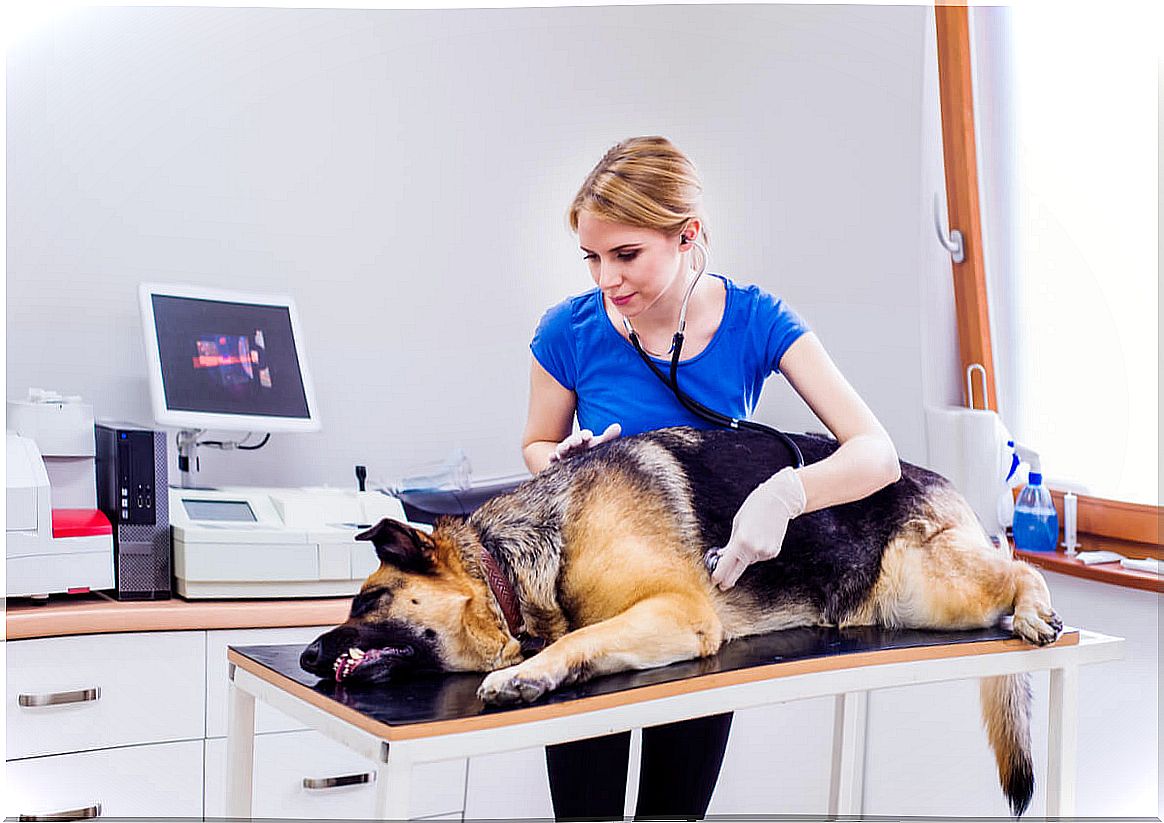
Irritable Bowel Syndrome – IBS for Irritable Bowel Syndrome in English – is a pathology that occurs in both dogs and humans. It is a disorder that leads to abdominal pain and changes in intestinal transit, among many other things.
In some regions, it is estimated that the percentage of humans affected by this syndrome is 11.6%. The figure in dogs is similar, since veterinary portals estimate that 10% to 15% of dogs can develop it. If you want to know how to detect this disorder and its approach, keep reading.
Causes of Irritable Bowel Syndrome (IBS)
Irritable Bowel Syndrome is characterized by chronic inflammation of the intestinal mucosa. The causes of this pathology are largely unknown and, therefore, we must first rule out other diseases in the dog: gastroenteritis, colitis, pancreatitis and parasitic infections, among others.
Once all of these possible reasons have been ruled out, it is time to suspect IBS. Although the exact causes are not known, it is believed that it may be due to multiple factors, including the following:
- Allergies to certain components in the dog’s diet.
- A poorly balanced diet.
- Psychological factors, such as stress and anxiety.
- Adverse reaction to a specific protein in the diet.
- An inflammation of the gastric mucosa caused by a bacterial infection.
It should be noted that canine Irritable Bowel Syndrome is associated with chronic intestinal inflammation and discomfort of the animal, but that it is not usually related to any gastric pathology. As in humans, this syndrome does not predispose the patient to develop other diseases.
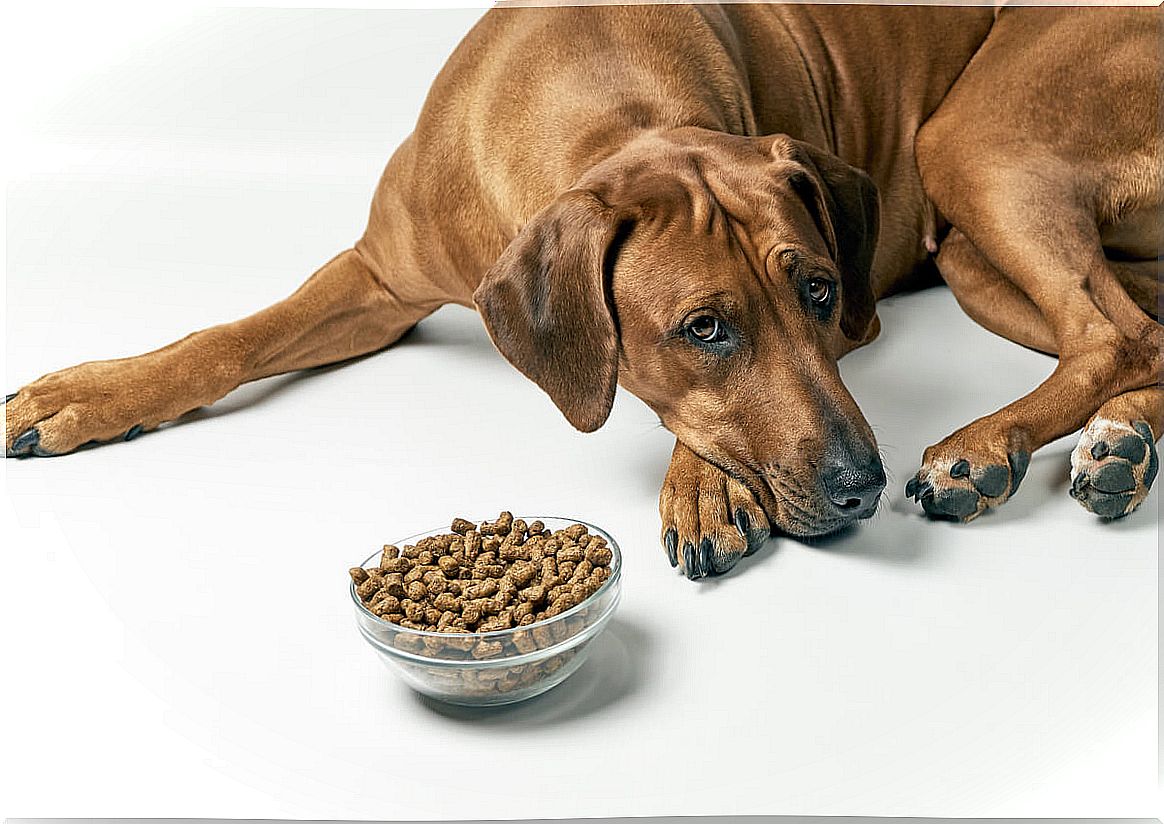
Symptoms
The most common symptoms of Irritable Bowel Syndrome in dogs are chronic and occasional diarrhea of the large intestine. In addition to this highly visible event, there are other signs, including the following:
- Intermittent episodes of diarrhea / constipation that resolve on their own.
- Episodes of mucus in the stool.
- Nausea and vomiting
- Depression and lethargy.
- Loss of appetite and weight if the clinical picture persists for a few months.
According to veterinary portals, the symptoms will vary according to the compromised area of the animal. For example, if the stomach is more affected, nausea and vomiting will be more common. On the other hand, if it is the intestine that is more compromised, the appearance of diarrheal episodes will be more common. Even so, both clinical signs can occur at the same time.
Diagnosis and treatment
As we have said in previous lines, the only possible diagnosis is made by ruling out other possible pathologies that compromise the gastrointestinal tract of the animal.
As far as treatment is concerned, it is essential to emphasize that it must be appropriate to the frequency of symptoms in each case. Many dogs decrease the frequency of their clinical signs with diets rich in fiber, which should also be easily digestible. The vet will guide the tutor when planning new menus for your pet.
On the other hand, episodes of diarrhea can be treated with loperamide, a drug that modifies intestinal motility. In cases where the dog’s abdominal pain is detrimental to its quality of life, the administration of antispasmodic drugs, such as clinidium, can also be explored – up to 0.25 milligrams for each kilo of the animal every 12 hours.
It is essential to emphasize that the doses must be determined exclusively by the veterinarian. Medicating the dog without professional assistance can end very badly, since the doses for human use will never correspond to those necessary for a dog. If you have any questions or queries, take your pet to the veterinary clinic promptly.
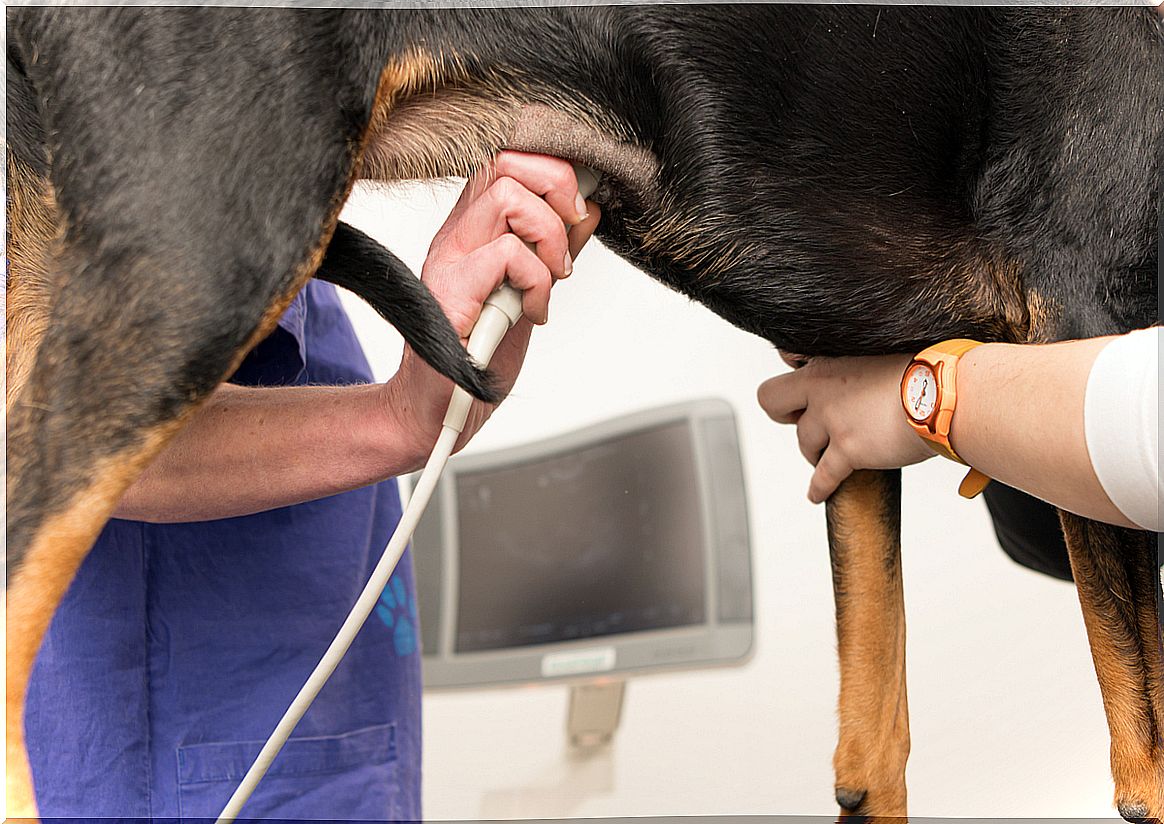
Patience and perseverance
Unfortunately, we are dealing with a syndrome of a chronic nature that cannot be fixed with a pill. As there is no clear trigger, the main treatment consists of monitoring the dog’s diet and making various changes to its diet and routine until an effective combination is found that minimizes its symptoms.
As a guardian, you have to arm yourself with patience and accept that this condition in the pet is probably for life. Of course, this does not justify any adverse practice towards the animal: take care of your dog with care and affection, as he would do the same for you.
